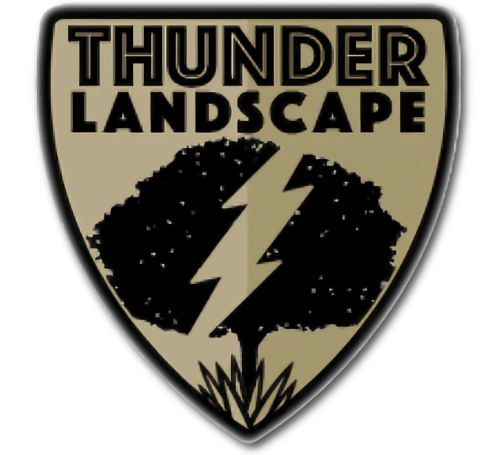Metro Phoenix / Communities / Gilbert
Gilbert Overview
The Town of Gilbert is home to over 280,000 residents and is the fifth largest municipality in the state. It is bordered by Chandler on the west, Mesa on the north, and Queen Creek to the east. Gilbert was originally an agricultural community in the first part of the 20th century and was known as the “Hay Capital of the World” until the late 1920s. During the last three decades, Gilbert has seen immense growth, increasing in population from 6,000 in 1980 to more than 240,000 in 2015.
History
In 1902, the Arizona Eastern Railway sought donations of right of way to establish a rail line between Phoenix and Florence. A rail siding was set up on land owned by William “Bobby” Gilbert, and the town that emerged around it eventually became known as Gilbert. The town thrived as a farming community, bolstered by the construction of the Roosevelt Dam and the Eastern and Consolidated Canals in 1911. For many years, Gilbert remained an agricultural hub and was known as the “Hay Capital of the World” until the late 1920s.
In the 1970s, the Town Council made a strategic decision to approve a strip annexation encompassing 53 square miles of county land, setting the stage for Gilbert’s future growth. Although the population was only 1,971 in 1970, the Council anticipated that Gilbert would eventually expand and develop similarly to its neighboring communities, Tempe, Mesa, and Chandler. This foresight allowed Gilbert to position itself for significant growth in the 1980s and beyond.
City Government
The Gilbert Town Council is composed of a Mayor and six Councilmembers. Both the Mayor and Councilmembers serve at-large, representing all citizens for four-year terms. There are no term limits, allowing members to be re-elected for consecutive terms. Gilbert’s municipal elections are non-partisan.
Business
The Town of Gilbert has several key strengths in business and industry that contribute to its economic growth and appeal. Key areas include:
High-Tech Innovation: Gilbert has emerged as a place for technology companies, with businesses specializing in software development, IT services, and digital innovation. The town’s business-friendly environment and access to a skilled workforce make it attractive for startups and established tech firms.
Advanced Manufacturing: Gilbert has a growing presence in advanced manufacturing, particularly in aerospace, automotive, and electronics. Gilbert offers access to modern facilities and infrastructure to support these industries, along with a talented workforce.
Agribusiness: Gilbert has a long-standing tradition in agriculture, and agribusiness remains an important part of its economy. This includes sectors like food processing, sustainable farming, and agricultural technologies.
Technology and Innovation: The town is known for its strong tech ecosystem, with numerous tech startups and established companies in software development, IT services, and data centers. Gilbert offers access to innovative resources, tech talent, and industry partners, making it an attractive location for tech businesses.
Access to Talent and Education: Gilbert benefits from proximity to major educational institutions like Arizona State University (ASU), Grand Canyon University (GCU), and Maricopa Community Colleges, which provide a pipeline of skilled graduates in engineering, IT, and business. The city’s workforce is highly educated, with a significant portion employed in technical and professional services.
Transportation Infrastructure: Gilbert’s location near Loop 202 and US 60 provides excellent regional connectivity, facilitating business operations, logistics, and commuting for workers.
Healthcare and Bioscience: The healthcare sector is a major economic driver in Gilbert, with Gilbert Mercy, Banner Gateway Medical Center, and MD Anderson Cancer Center among other prominent facilities. These institutions attract talent and support related industries such as medical device manufacturing and biotechnology.
Quality of Life: With a strong emphasis on community amenities and well-planned neighborhoods, Gilbert offers an attractive quality of life for employees and families. This contributes to talent retention and makes the city appealing for businesses looking to attract skilled professionals.
Retail and Hospitality: The town has a vibrant retail and hospitality sector, driven by destinations like SanTan Village, which attract local patrons and visitors. This sector supports a wide range of service jobs and helps boost the local economy.
Sustainability and Green Initiatives: Gilbert is known for promoting sustainable practices and green technologies, making it attractive for businesses focused on renewable energy, environmental solutions, and sustainability initiatives.
Business-Friendly Environment: Gilbert has a reputation for being pro-business, offering streamlined permitting processes, low taxes, and economic incentives for businesses looking to relocate or expand.
Transportation
Primary Gilbert transportation routes include…
Loop 202 (Santan Freeway): Primary east-west freeway in Gilbert, providing access to Chandler, Mesa, and Queen Creek as well as connecting to other major freeways across Metro Phoenix.
US 60 (Superstition Freeway): Major east-west highway located just north of Gilbert, connecting to Mesa, Tempe, and Phoenix, offering an alternative route for accessing the rest of Metro Phoenix.
Gilbert Road: Major north-south arterial road that runs through the center of the town, providing access to neighborhoods, businesses, and retail centers. It connects to the Loop 202 and US 60.
Val Vista Drive: North-south road running through Gilbert, offering access to residential areas, shopping districts, and connects to Loop 202.
2023 Population (estimate)
Gilbert: 282,390
Arizona: 7,427,991
Median Household Income (2022)
Gilbert: $111,393
Arizona: $74,568
Estimated Home Value (2024)
Gilbert: $579,854
Arizona: $433,271
Median Age (2022)
Gilbert: 36.4
Arizona: 38.6
Land area: 43.0 square miles
Population density:
6,567 people per square mile














